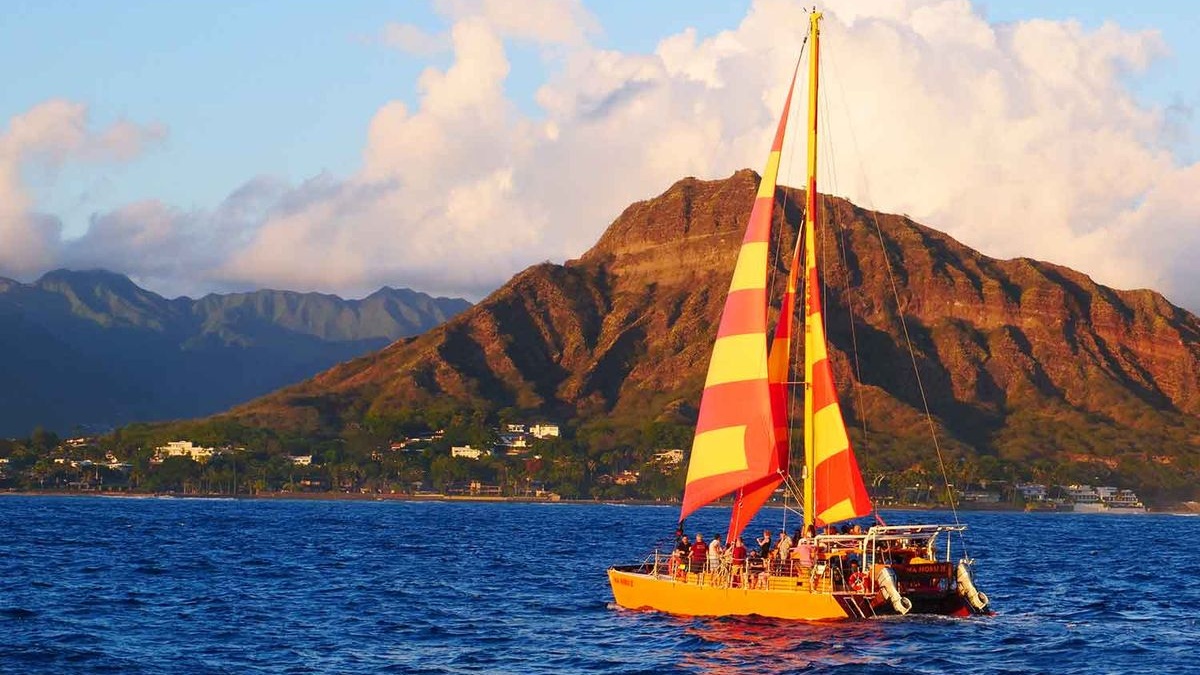Long before the advent of modern navigation tools, ancient Hawaiians embarked on extensive voyages across the Pacific Ocean, relying solely on their profound understanding of the natural world. Their expertise in celestial navigation and oceanic observation not only facilitated the settlement of the Hawaiian Islands but also fostered a rich cultural tradition of exploration and environmental stewardship.
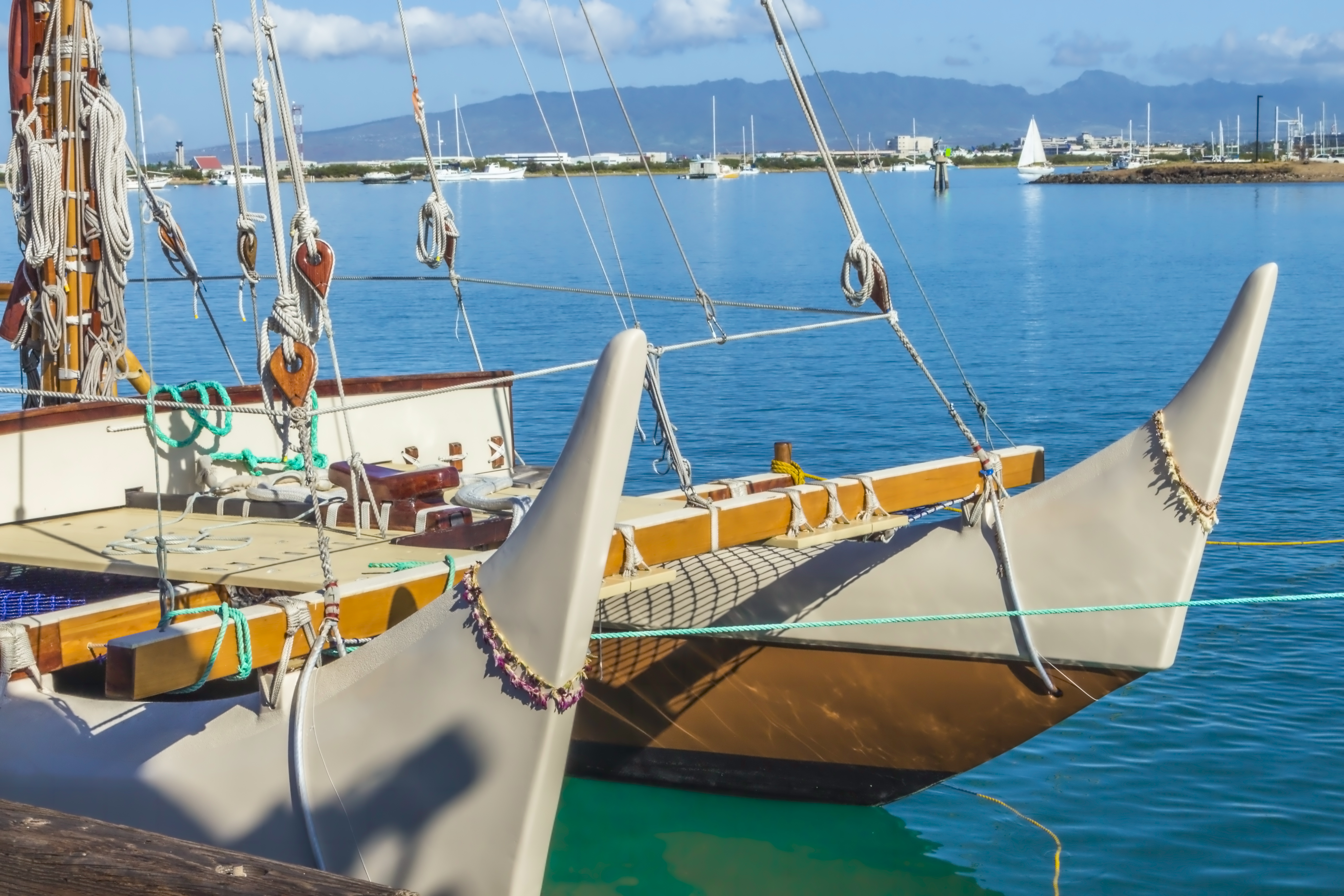
The Art of Wayfinding: Navigating Without Instruments
Wayfinding is the traditional Polynesian practice of navigation that utilizes environmental cues such as stars, ocean swells, wind patterns, and wildlife behaviors. This method enabled navigators to traverse vast ocean distances with remarkable precision, all without the aid of modern instruments. The knowledge was passed down orally through generations, ensuring the continuity of these sophisticated techniques.
The Hawaiian Star Compass
Central to Hawaiian wayfinding is the star compass, a mental construct developed by master navigator Nainoa Thompson, inspired by teachings from Micronesian navigator Mau Piailug. The compass divides the horizon into 32 equidistant points, known as “houses,” each associated with specific stars. By memorizing the rising and setting positions of these stars, navigators could determine their direction and maintain their course across the open ocean.
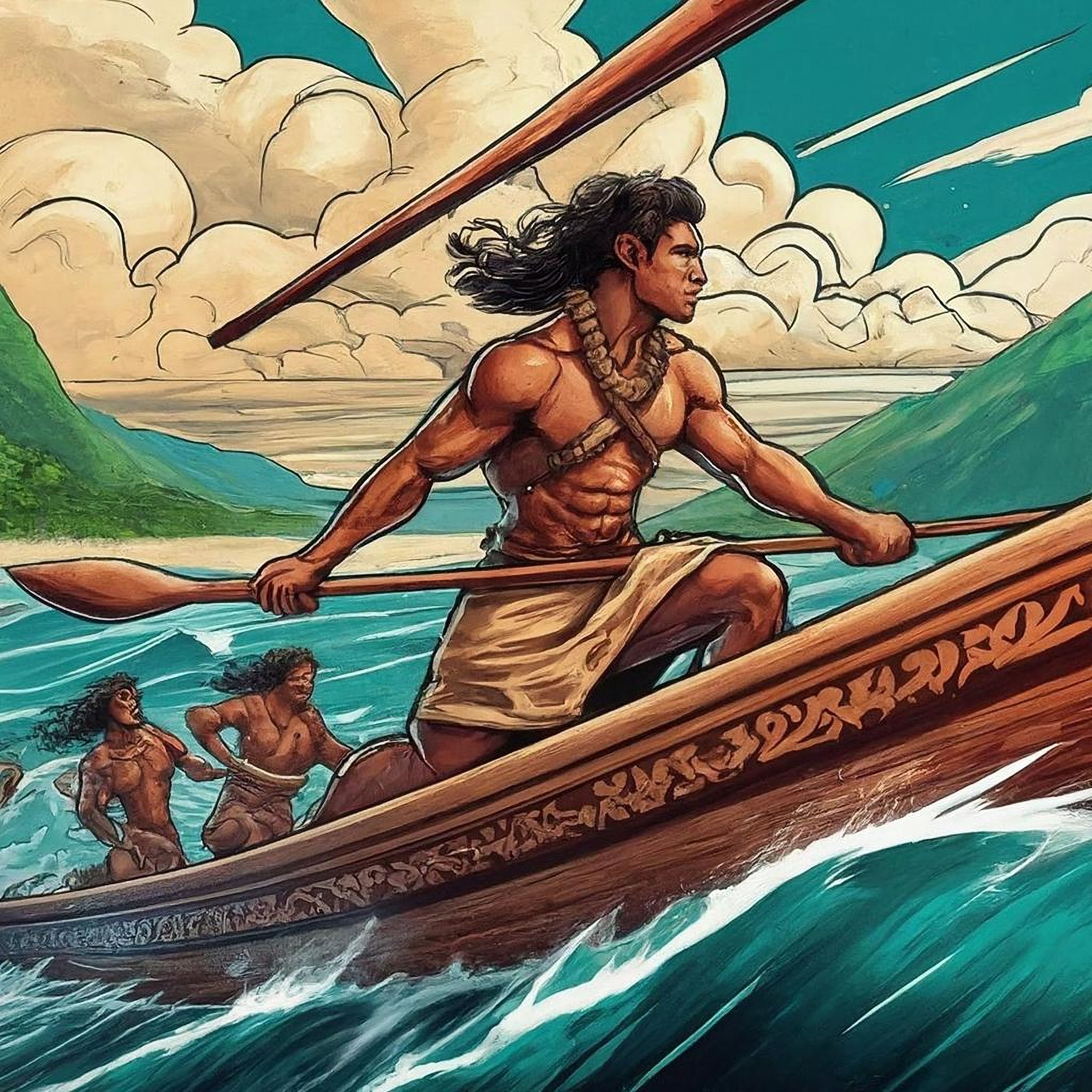
The Art of Wayfinding: Navigating Without Instruments
Wayfinding is the traditional Polynesian practice of navigation that utilizes environmental cues such as stars, ocean swells, wind patterns, and wildlife behaviors. This method enabled navigators to traverse vast ocean distances with remarkable precision, all without the aid of modern instruments. The knowledge was passed down orally through generations, ensuring the continuity of these sophisticated techniques.
Reading the Ocean: Swells, Currents, and Marine Life
In addition to celestial cues, ancient Hawaiian navigators paid close attention to ocean swells and currents, which provided consistent directional information. They also observed the behaviors of marine life, such as the flight patterns of birds and the presence of certain fish species, to gauge their proximity to land. These observations were integral to successful navigation and demonstrated a deep connection to the marine environment.
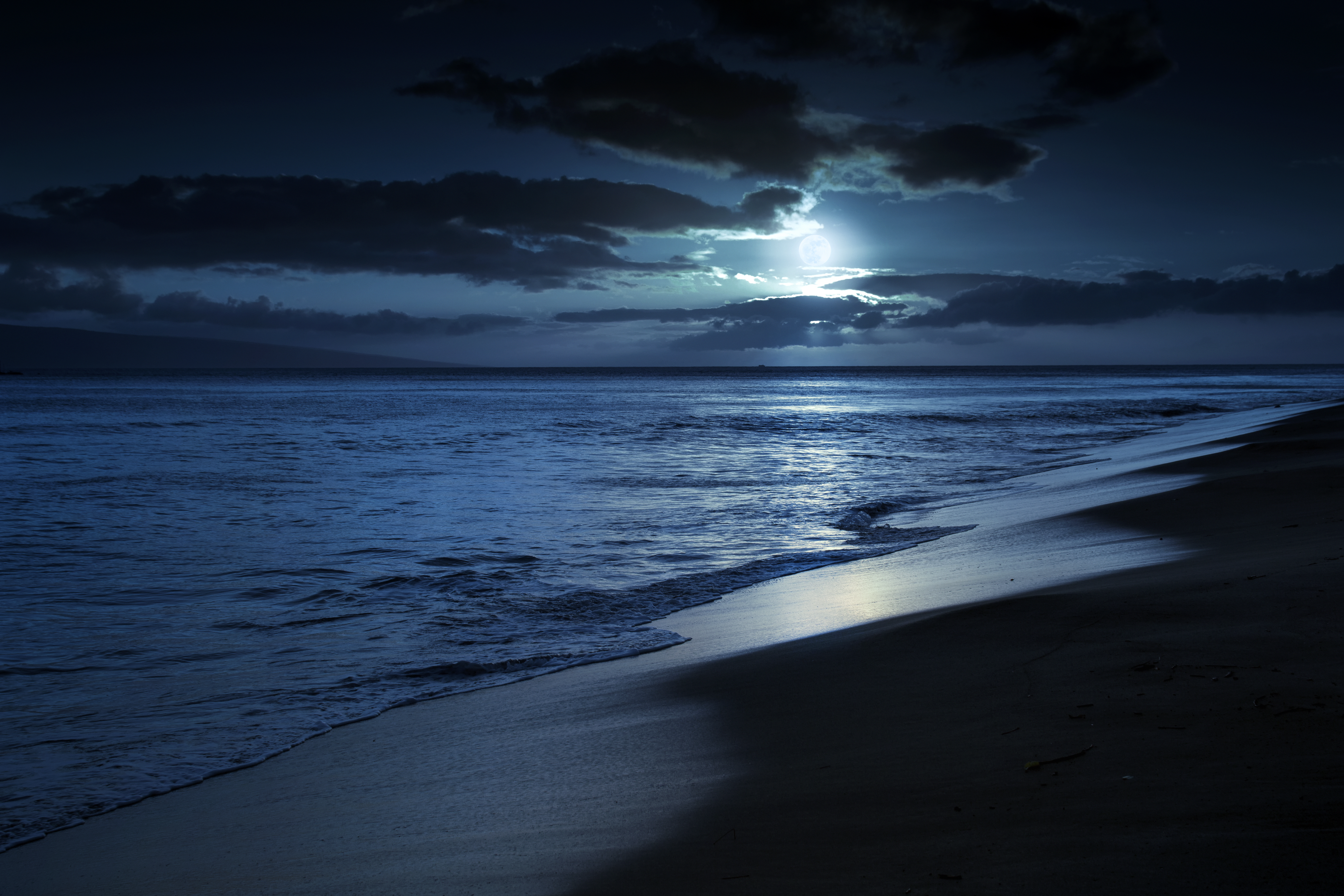
The Role of the Sun, Moon, and Planets
Wayfinding is the traditional Polynesian practice of navigation that utilizes environmental cues such as stars, ocean swells, wind patterns, and wildlife behaviors. This method enabled navigators to traverse vast ocean distances with remarkable precision, all without the aid of modern instruments. The knowledge was passed down orally through generations, ensuring the continuity of these sophisticated techniques.
The Revival of Traditional Navigation: Hōkūleʻa and Beyond
In 1975, the launch of Hōkūleʻa, a traditional double-hulled voyaging canoe, marked a renaissance in Polynesian navigation. Guided by Mau Piailug and later by Nainoa Thompson, Hōkūleʻa completed a historic voyage from Hawaii to Tahiti using traditional wayfinding techniques. This journey not only validated the navigational prowess of ancient Polynesians but also sparked a cultural revival and renewed interest in indigenous knowledge systems.
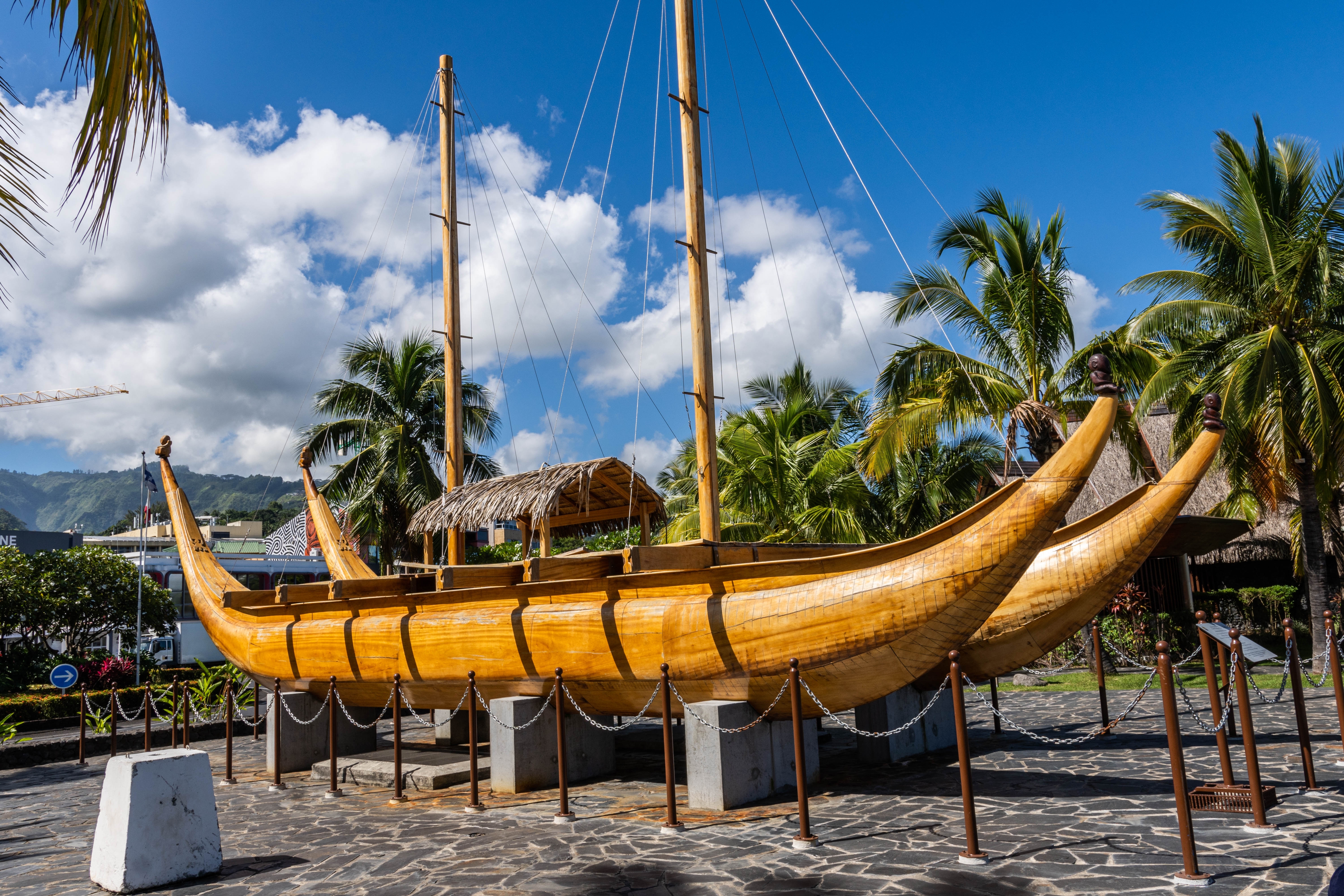
The Double-Hulled Canoe: Engineering for Exploration
The double-hulled canoe, or waʻa kalua, was a remarkable feat of engineering that enabled long-distance voyages across the Pacific. These vessels offered stability, speed, and ample storage for supplies and crew. Their design was crucial for exploration and played a significant role in the successful settlement of the Hawaiian Islands.
Visiting Ancient Navigation Sites in Hawaii
For those interested in exploring this rich navigational heritage, Hawaii offers several sites and institutions dedicated to preserving and educating about traditional wayfinding. The Bishop Museum in Honolulu, for example, provides exhibits on Polynesian navigation and hosts events celebrating milestones like Hōkūleʻa’s voyages. Additionally, locations such as the Lana’i Observatory offer opportunities for stargazing and learning about celestial navigation practices.
The ancient Hawaiians’ mastery of navigation through the stars and ocean exemplifies a profound connection to the natural world and an enduring legacy of exploration. By studying and honoring these traditional practices, we not only gain insight into human ingenuity but also foster a deeper appreciation for the cultural and environmental wisdom embedded in Polynesian wayfinding.

